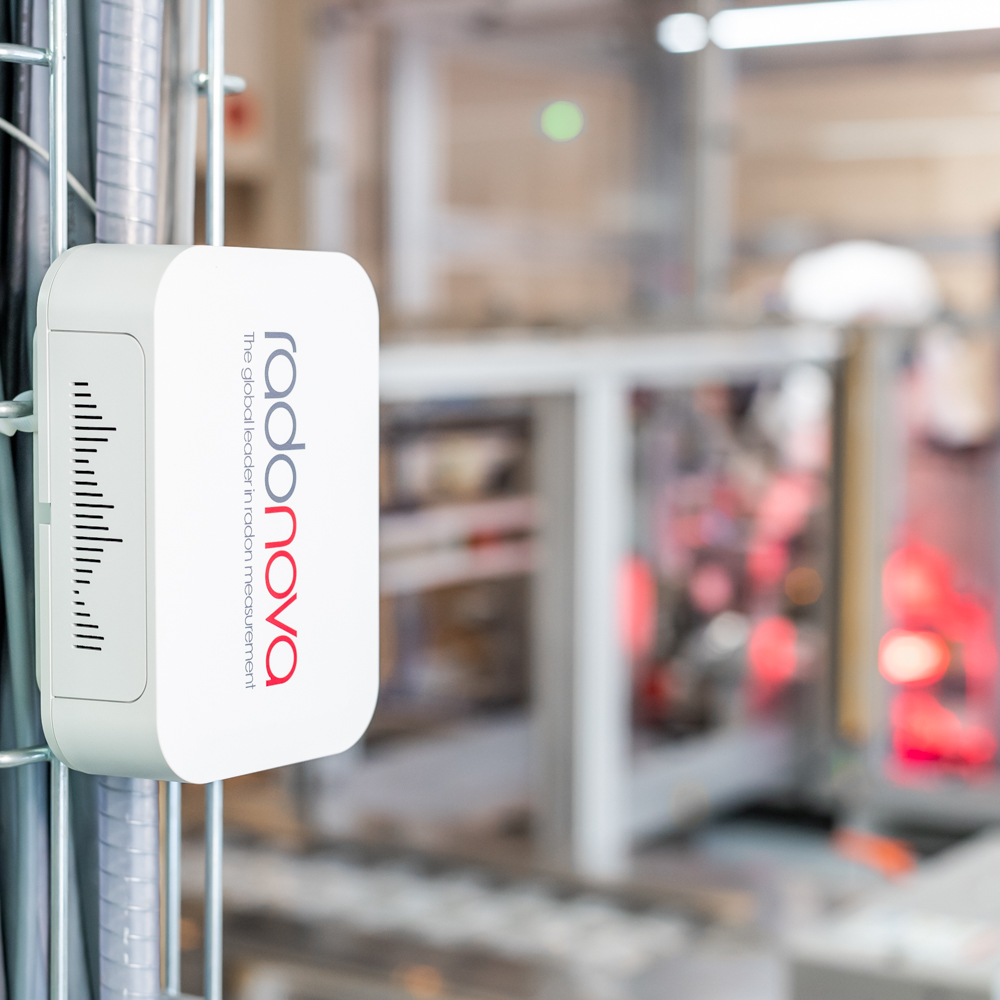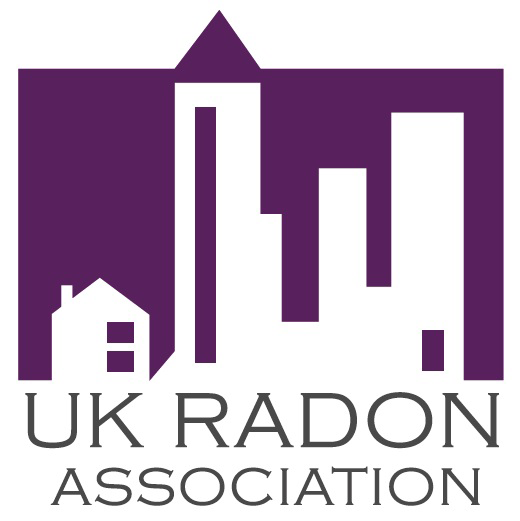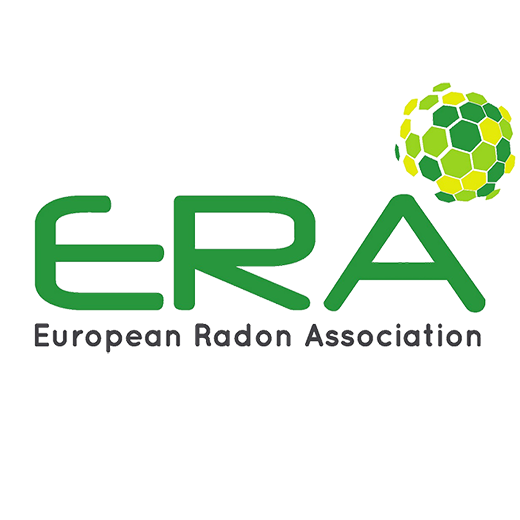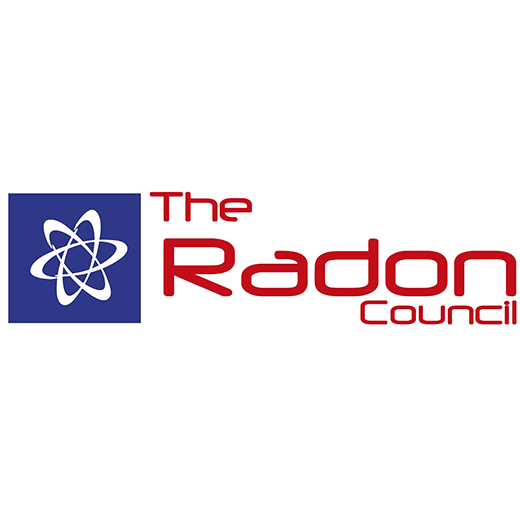Radon testing during working hours
Why it’s important
Every workplace is unique. Premises have differing hours of operation and staff occupancy, depending on the activities they perform. For this reason, it is often during the night that workplace radon levels peak, as most ventilation systems are switched off. In addition, it is also at night that the outside/inside temperature gradients are higher, which affect radon dynamics.
When to test workplace radon levels
The first step when radon testing during working hours is to perform a long-term measurement, over a period of three months to a year. By doing this, an average annual value will be obtained. We advise using passive detectors for this type of assessment – Radtrak³® is Radonova’s most comprehensive long-term testing device and is available at a discount for bulk orders. Find out how many detectors your workplace will need with our free online calculator.
If the annual average value is higher than the workplace reference level (300 Bq/m³), then further investigation should take place. Carrying this out may save you from investing in remedial measures which may be unsuitable for the situation and can be costly. If you have, for example, a ventilation system operating only during working hours, it is possible to observe large discrepancies between night and day values. Remember, it is the radon level measured during working hours that is important, or the radon level measured during the highest occupancy of the building.
How to conduct radon testing during working hours
Use of an active testing instrument, which delivers values in real time as well as within a certain period, is the most accurate method for measuring radon during working hours. SPIRIT® is specifically designed for this, as it can also be programmed to record levels only during specified hours of the day, for example between 9-5, Mon-Fri.
Another effective method is to contact a radon professional with detection instruments designed for this type of need, such as ATMOS®. This device is capable of determining radon levels with a high level of accuracy and a fast response time. It is also able to calculate the average value over a defined time range. ATMOS® also has a ‘sniffer’ function capable of determining the entry point of radon entry into a building, making it one of the most reliable high-end instruments in the world.
To discuss the best option for keeping your workplace safe, contact us here for expert guidance.





